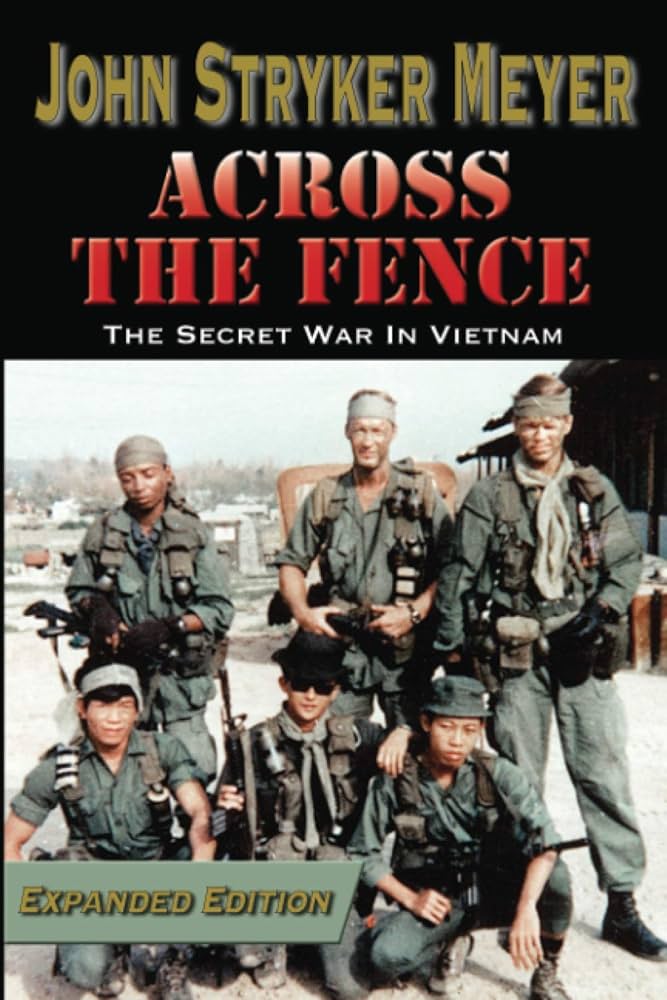Brief history of macv-sog
Despite the innocuous name of “Military Assistance Command, Vietnam – Studies and Operations Group” the organization and its members participated in some of the most critical operations in the Vietnam War. SOG’s personnel were composed of Army Special Forces, Navy SEALs, Air Force, Marine Corps Aviation assets, and others, drawing together the most elite special operators in the U.S. Armed Forces. SOG was a highly classified, multi-service U.S. task force established on January 24, 1964.
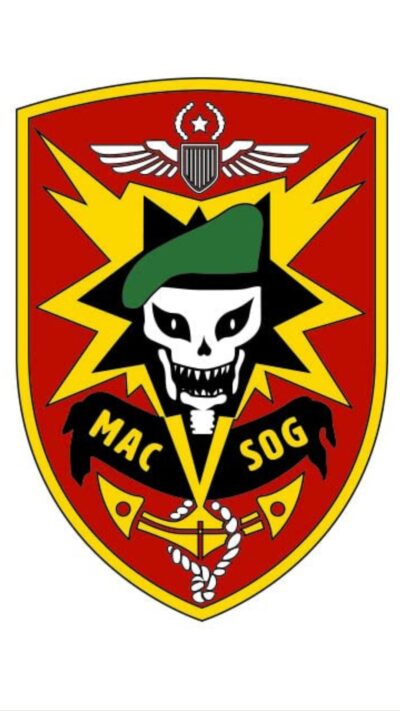

Their mission – to operate beyond the official boundaries of the Vietnam War, in neighboring Laos, and Cambodia, “to execute an intensified program of harassment, diversion, political pressure, capture of prisoners, physical destruction, acquisition of intelligence, generation of propaganda, and diversion of resources, against the Democratic Republic of Vietnam (DRV).”
The “DRV” was the name utilized by the communist government during the conflict.
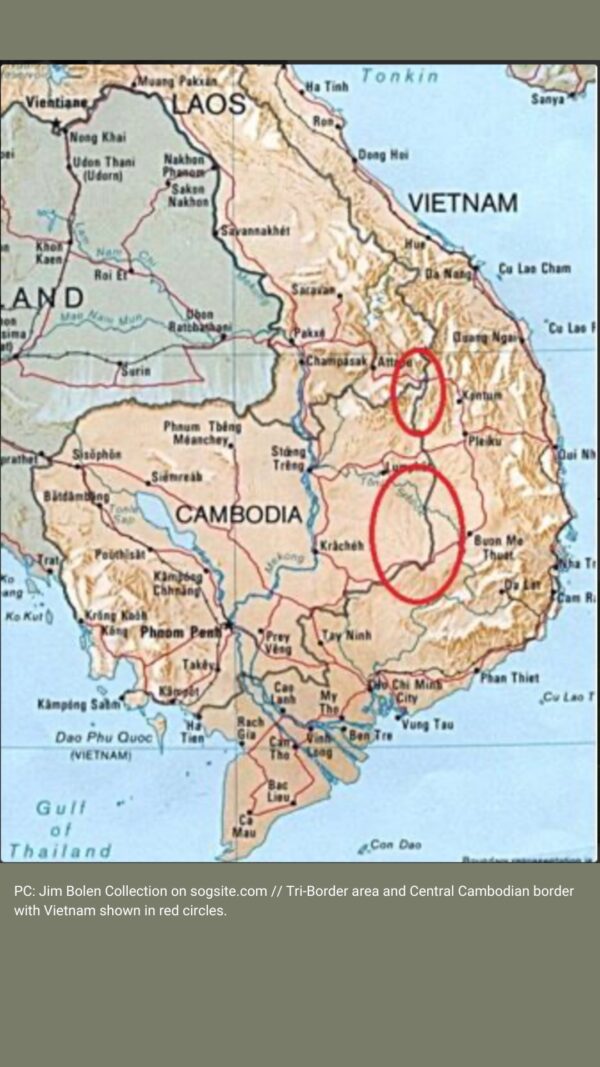
Teams infiltrated dangerous territory primarily by Kingbee helicopter insertion, and were left nearly alone behind enemy lines to fulfill their missions. MACV-SOG members were told that the United States would deny their activities if captured. Plausible deniability was key for the United States.
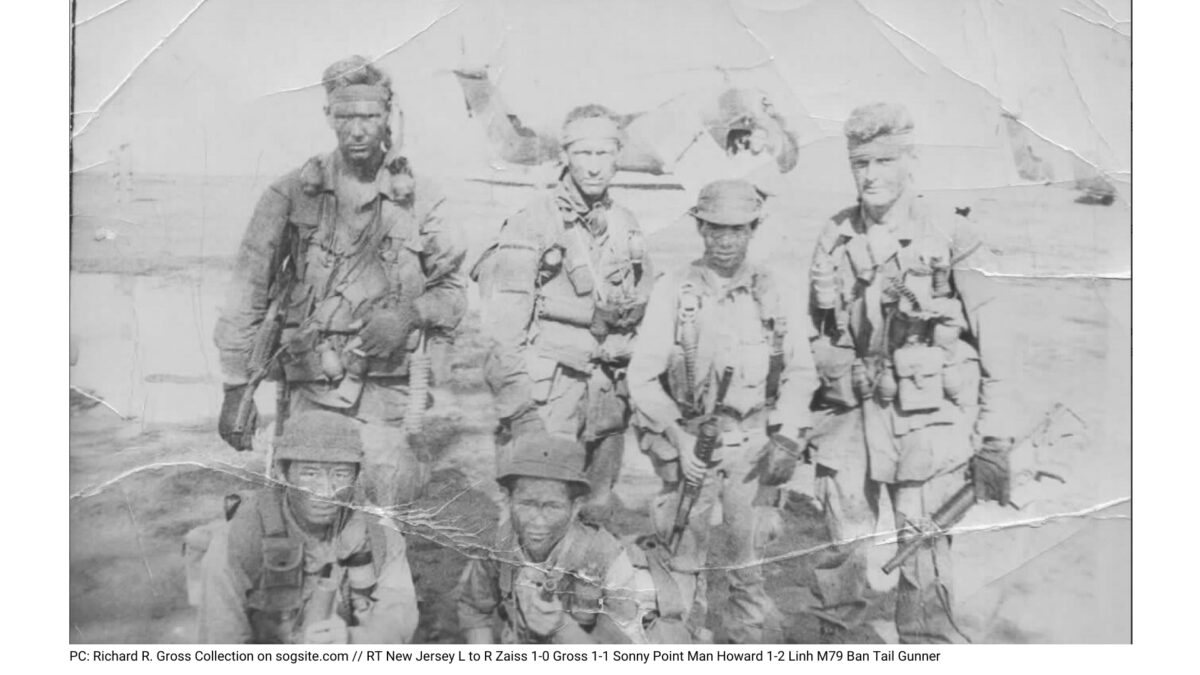
In his book, ACROSS THE FENCE, SOG veteran and Green Beret John Stryker Meyer describes his introduction to the unit, and their top secret role in the war.
“We were, in effect, spies. Although the Sergeant Major never used that word. He also didn’t tell us that spies had no protection under the Geneva Convention and that we could be summarily executed if captured.”
– John Stryker Meyer, Green Beret and Former member of the special operations clandestine unit known as MACV-SOG
Their exploits are now the stuff of legend, well documented now thanks to the efforts of SOG veterans, in their writing and podcasts, like SOGCast by John Stryker Meyer and Jocko Willink. Luckily, many of the SOG men defied orders to not document their time in country, and smuggled home film canisters laden with history that would otherwise be lost to us all. John L. Plaster’s book, SOG – A PHOTO HISTORY OF THE SECRET WARS catalogs a great number of these artifacts in a single volume.
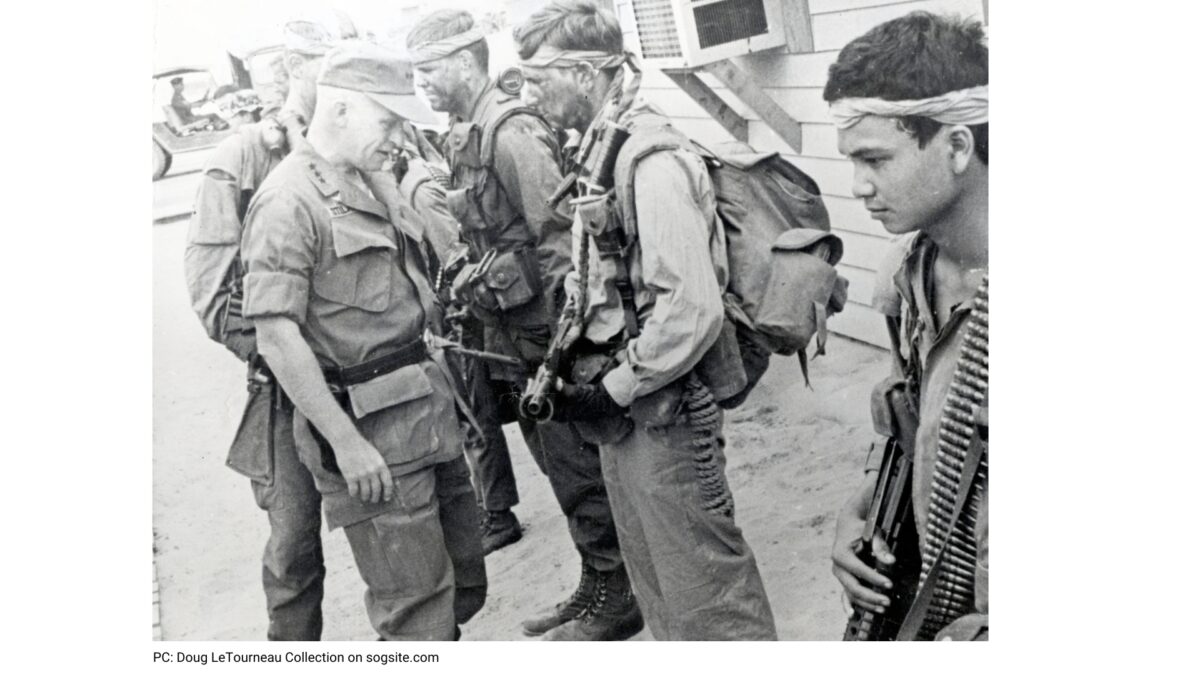
The nature of SOG’s secret missions in Laos, Cambodia, and North Vietnam encouraged the use of non-standard weaponry. Sterile, non-identifiable equipment and uniforms were required for any operations across the fence. Positive identification as US operatives would have been unacceptable in the international community.
With the ranging and dynamic needs of Recon Teams, SOG leadership allowed the adoption of many unique, non-standard arms. While particular pieces like the “CAR-15,” “Swedish K,” Browning Hi-Power, sawed-off M79 grenade launcher, silenced Hi-Standard, and the M-3 “Grease Gun” are inseparable from their history, some of the weapons adopted were much more unique, with tools being as varied as each assignment and team. New technology such as the MBA Gyrojet pistol was tested, threaded PPK/S pistols and AK platforms were requisitioned, and “baby” .25 Browning pistols were the preferred off-base deep concealment weapon. Slings and gear were modified and custom made by SOG men to suit their unique needs and equipment selections.
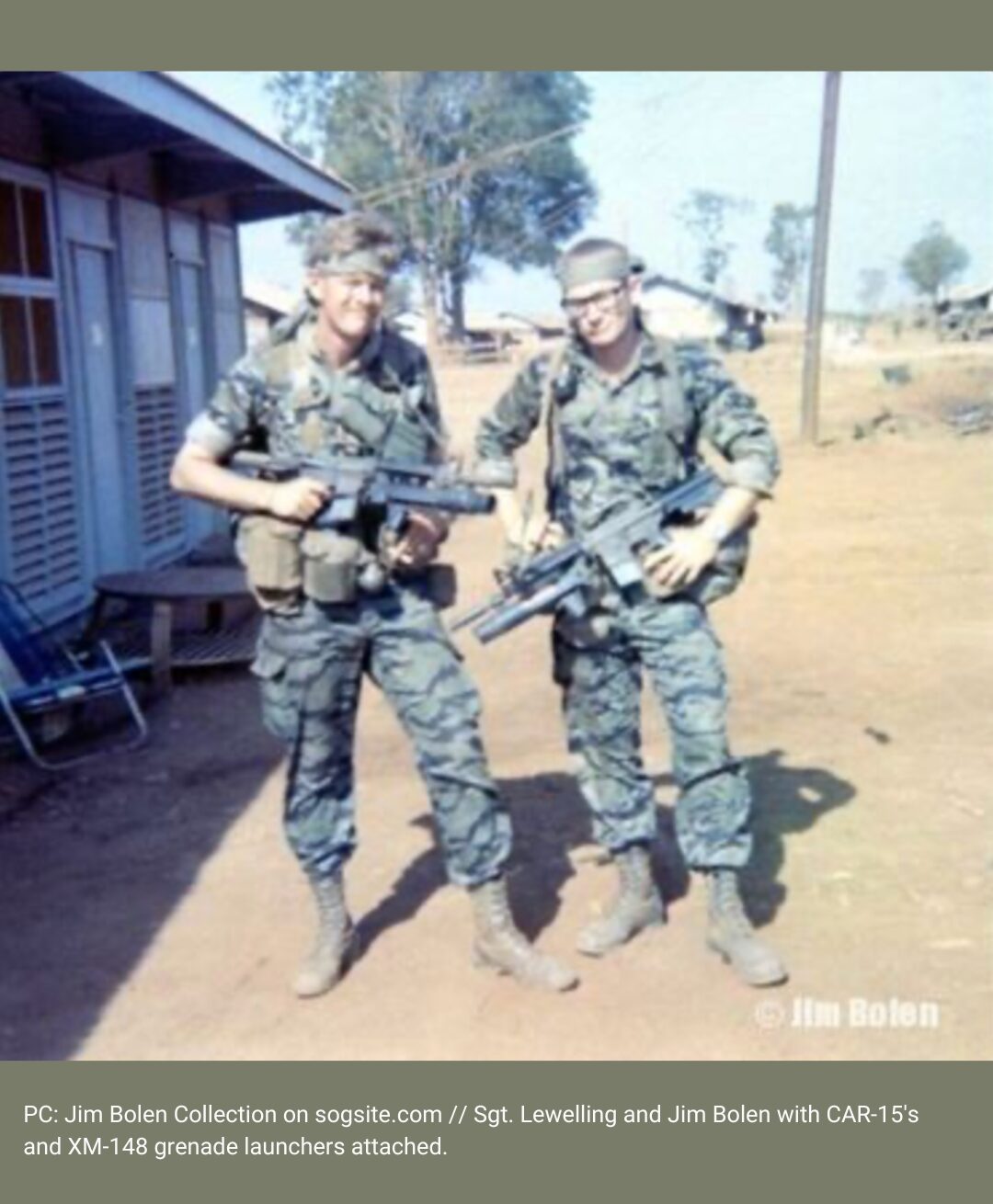
Missions were undertaken by small teams, typically two SOG men, the leader, or “One-Zeros” and the “One-Ones” and a team of local Montagnard tribesmen. Calm under pressure, the aid of air assets, and guerilla tactics were necessary to survive beyond the fence.
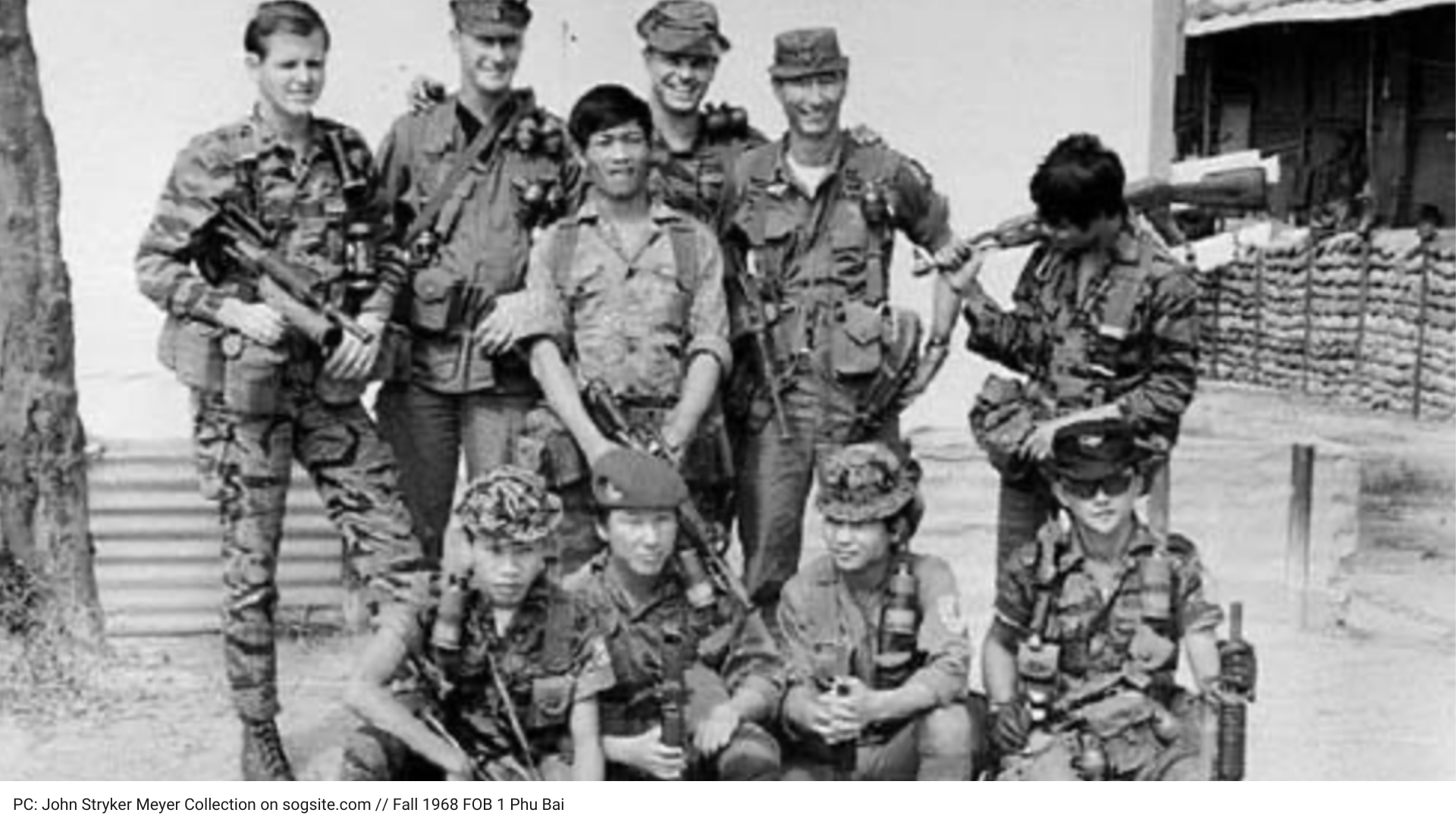
Get ready for MACV-SOG action in the pages of CRY HAVOC, a brutally realistic thriller that will make you question all you thought you knew about the American experience in Vietnam. From the Kremlin to the White House, from the streets of Saigon to the rugged A Shau Valley, along the paths of Ho Chi Minh Trail and into the secret war in Laos, Navy SEAL Tom Reece has an official mission assigned by Military Assistance Command, Vietnam-Studies and Observations Group, but it’s his unofficial mission that might get him killed.

